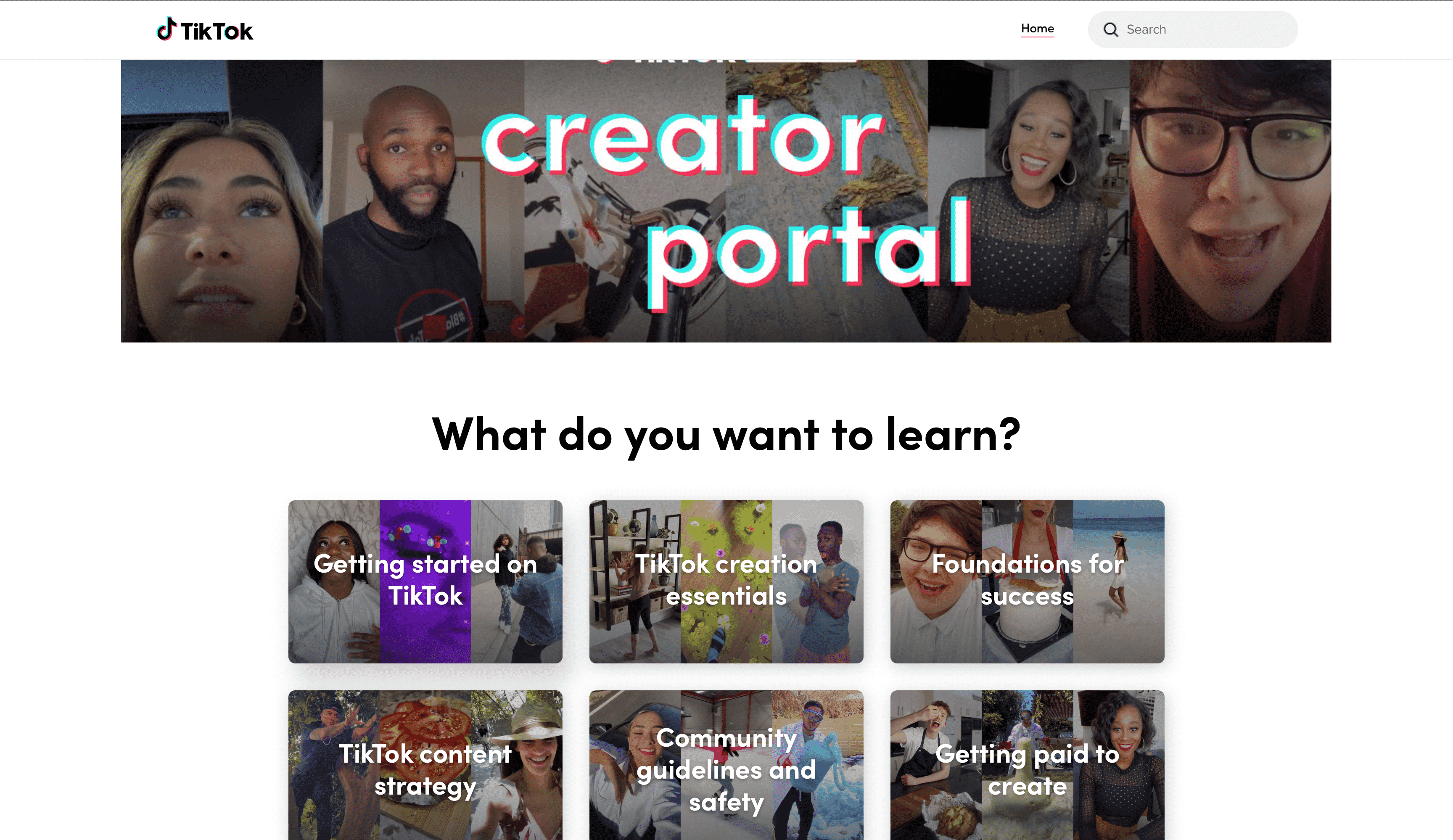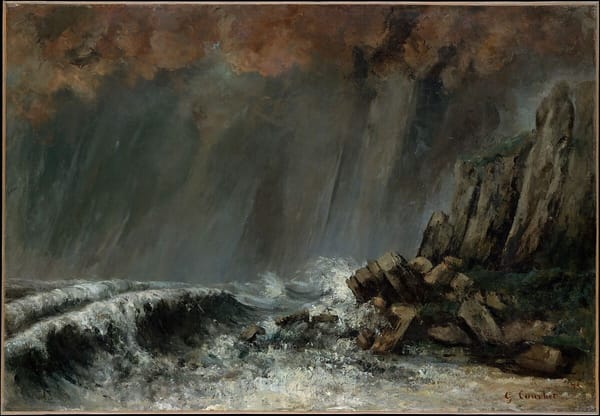Were We All Gaslit About Content Being King?
Have creators been misled about the potential of content creation as a profitable endeavor? What is the critical mass for standalone content, and is there even such a thing?

A creator’s reputation also requires a certain type of maintenance. Reputation has a half-life on any social platform; successful creators accumulate reputation, which serves as a “battery” that helps them store consumer attention. But if they don’t keep producing new work, that battery will degrade, and eventually get depleted. (Location 3423)
At what point does "making content for a living" become a profitable endeavor? Can any amount of "high-quality" content be truly classified as an asset? Or have all creators been gaslit about creating?
Profit has a relatively simple definition. Profit is what remains after all the operating expenses of a business or individual have been subtracted from its revenue. All creators, implicitly or explicitly, assume real cost to create their creations; be it financial, emotional, physical, etc. And as such, all creators seek revenue to, at minimum, recoup the costs of creation, and ideally, get profit for their efforts.
No matter what any creator at any level tells you, they know this in their heart to be the case. All creators are acutely aware and indeed stressed out by this fact, as competition for eyeballs gets more fierce every year.
In a Gold Rush, Sell Shovels
Go to the "/creators" or whatever page on any site and you'll be greeted with something along the lines of:
- join our site
- upload content to our site
- ???
- profit
Here's three real life examples of the carrot type advertisement platforms use:
Medium

TikTok

YouTube

Let's dissect this a bit.
The narrative pitched by content hosting platforms with flashy marketing and cutesy colors are core things humans desire: freedom, being your own boss, etc.. However, this narrative…is a load of bullshit. It is not bullshit because it is inherently untrue (many people do make money, after all), but because it uses rhetoric like "all creators can be x…" when these sites are basically power law lottery tickets.
For example here's some stats on YouTube:
According to the latest statistics, there are over 31 million YouTube channels worldwide. Of those channels, only about 0.3% (or approximately 93,000) have more than 100,000 subscribers. This means that the percentage of YouTubers with at least 100k subs is relatively low compared to the total number of channels on the platform.
It's difficult to estimate the exact number of YouTube channels that upload less than 10 videos as this varies constantly. However, according to a recent analysis, about 50% of all YouTube channels have posted fewer than five videos and approximately 76% of all YouTube channels have ten or fewer videos uploaded. This indicates that a sizable portion of YouTube channels are relatively inactive in terms of uploading new content regularly.
Most channels, indeed, most creators get crushed before even leaving the proverbial starting line.
No One NEEDS Content
Content is induced demand - no content solves a real problem, it just staves off the root problems of curiosity and boredom.
All of your favorite content creators are constantly trying to make new content that will satisfy faceless viewers in an attempt to keep attention flowing in, and the second they fail to accomplish that, they fail -- creating a self perpetuating loop of showing up to keep the lights on.[1] The more content a producer makes, the more they show up on your feed. The feed -- which most of the time is a trusted companion -- guides the readers perspective on what is "valuable" or "social proofed", and the more you trust the creator and demand their work in the future. It's all quite the oiled machine, and I begrudgingly respect this quite marvelous machinery!
But If I Keep Making, My Hard Work Will Pay Off Right?…Right?

What is critical mass for standalone content? Is there even such a thing? In theory, content that lives on the internet is an asset (with some interesting similarities of "staking space" similar to that of owning a home[2]) that can compound views for many lifetimes - but in fact, the internet has a heavy recency bias. [3] Does that mean that a content creator could create…forever and see no impact or profit?
Case Study of Coding Vs Content Creation
A comparison of my experience as a coder versus content producer (I've done both for many years) reveals some interesting differences.
Coding
Coding has much farther reach and impact because it underlies the machinery that content is consumed on - each computer can serve multiple users, creating a tree-like effect. For example, all sites built off a framework (React, Vue, etc.) serve those users as well, albeit indirectly. In fact, this is exactly what platforms do! They don't necessarily care who is creating, as long as someone is creating and bringing attention to the site.
there was an enormous disconnect between how we think open source works and what is actually happening on the ground today. There is a long, and growing, tail of projects that don’t fit the typical model of collaboration. Such projects include Bootstrap, a popular design framework used by an estimated 20% of all websites, where three developers have authored over 73% of commits. Another example is Godot, a software framework for making games, where two developers respond to more than 120 issues opened on their project per week.† (Location 89)
There also appears to be much less competition, due to the relative rarity of coders in the population.
It's difficult to estimate the exact percentage of the population that can code fluently, as it varies greatly across different countries and regions. However, according to recent statistics, only about 1% of the world's population can code at an advanced level.
On top of all this, coding has very low social proof at the top. Coders are rarely famous, with most people who use their work being tech-adjacent, but still not knowing their names. Most people who consume my newsletter are tech-adjacent but you may still not know any of these names: Sindre Sorhus, Chet Ramey, Daniel Stenberg even though these three drive billions of dollars through the economy off their work alone, just for their damned love of the game.[4] Coding attracts only hardcore people, as making and maintaining code is the opposite of a trivial endeavor.
As a developer, if you use the command-line tool cURL, you’re using code written by Daniel Stenberg. If you use the command-line interface bash, you’re using code maintained by Chet Ramey. If you use npm, you’re using packages written by Sindre Sorhus and Substack. If you use Python’s packaging tools, you’re using code maintained by Donald Stufft. (Location 152)'
Code, in the long term, drives towards the asset class due to automation. The more times you use a program, the more value the initial writing of it was.
Software, like physical infrastructure (roads, utilities, telecom), has high fixed costs of initial production, followed by low marginal costs. In other words, it’s expensive to get started, but each additional user incurs relatively low costs. (Location 959)
Content Creation
Content creation, on the other hand, tends to attract both hardcore and casual posters. Casual posters make up a majority (as we saw above), but all who go to the effort of making a channel have at least a little bit bought into the cultish messaging of freedom without awareness of the fact that casual posters can drive just as much attention through shit posting, because the problem being solved by content mediated is attention and boredom, and we all love colors, sounds, and for our team to win.[5]
Hardcore posters are those who you see on your feed every day, but eventually all creators realize that in a game of attention -- quality pays little.
Ironically, I'd say that as a person who does both -- content creation has a higher cost, due to the inherent fact that it is all novel each time. People do not like automated content. This would not be the case if platforms suggested older content more readily, but honestly, why would they? It's an anti-pattern and counterintuitive to them in the effort of staying "up to date" vs other mega platforms.
Overall, I’d expect to see in the news industry something similar to what happened in open source: a “dumbbell”-shaped distribution of contributors. On one end are purely casual contributors (breaking news, casual punditry, and commentary on the news), who post on social media because it’s low-effort with the potential for a bit of upside, and no expectation of maintenance, funding, or having to make ongoing contributions. On the other end are the maintainers (news columns, investigative journalism, and features): those with in-depth knowledge of their topic, who make highly non-fungible contributions, and who will make money off their reputations. For those in the latter category, the name of the game is building highly targeted audiences and optimizing for fewer people paying more money, rather than shilling for page views. Podcasts, newsletters, and longform writing are attractive these days because they help creators filter for niche audiences, rather than losing potential value to broad reach on public channels. Instead of maximizing for likes, these creators maximize for meaning. (Location 3631)
The Unfortunate Conclusion
Therefore, the cliche advice rings true - make for yourself, make for mastery of your craft, and keep your assets as close to home base as possible. Simple stuff, but required regardless.
bramadams.dev is a reader-supported published Zettelkasten. Both free and paid subscriptions are available. If you want to support my work, the best way is by taking out a paid subscription.
I didn’t create this code for altruistic motivations, I created it for fun. I was learning, and learning is fun. . . . I’ve written way better modules than this, the internet just hasn’t fully caught up. . . . If it’s not fun anymore, you get literally nothing from maintaining a popular package. One time, I was working as a dishwasher in a resturant [sic], and I made the mistake of being too competent, and I got promoted to cook. This was only a 50 cents an hour pay rise [sic], but massively more responsibility. It didn’t really feel worth it. Writing a popular module like this is like that times a million, and the pay rise [sic] is zero. Tarr explained (Location 1473)
Zettelkasten is a defense mechanism against the recency bias because it forces linking 202301161456




